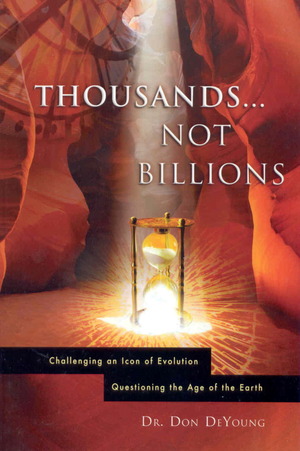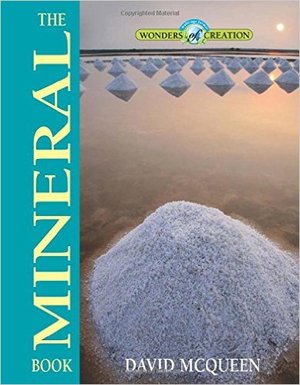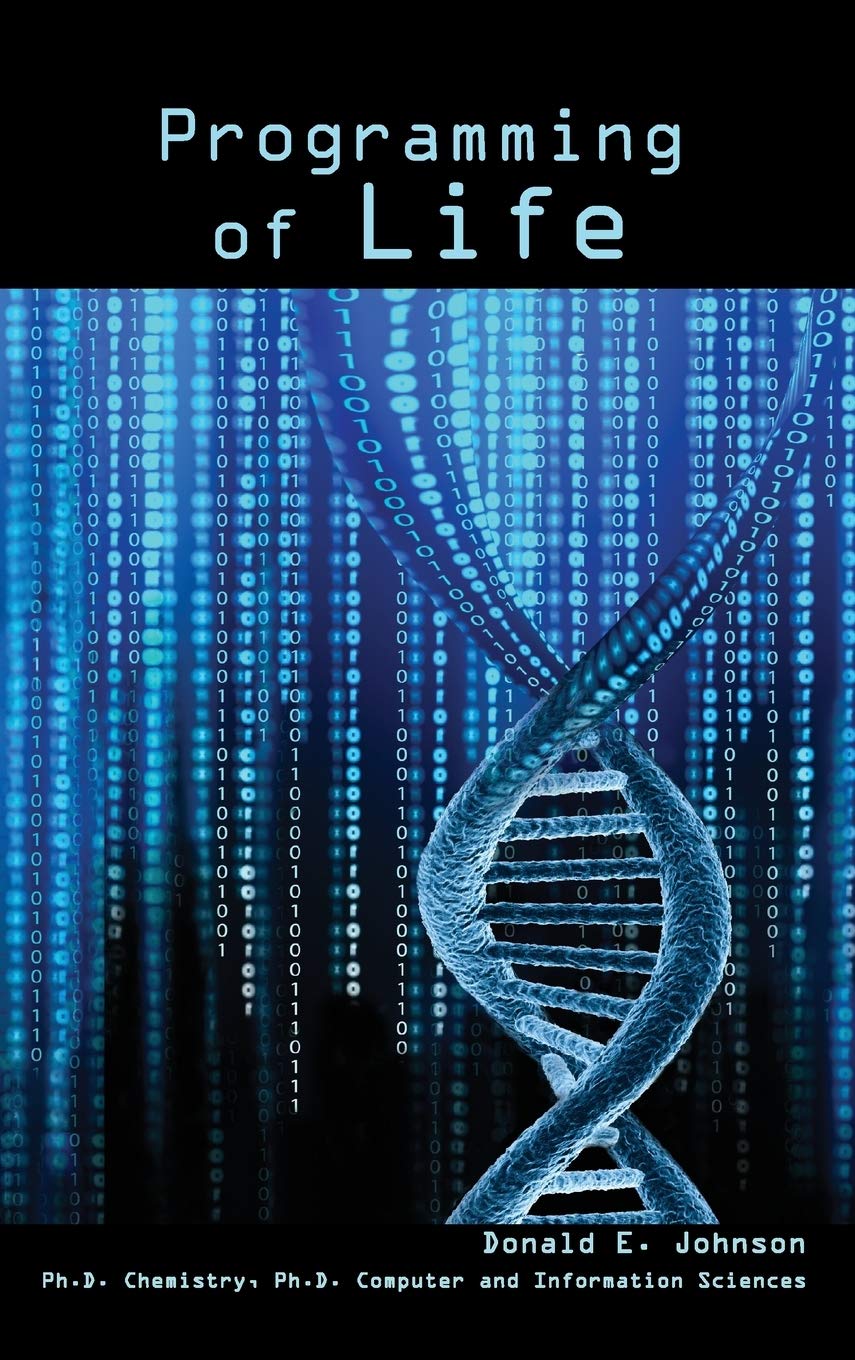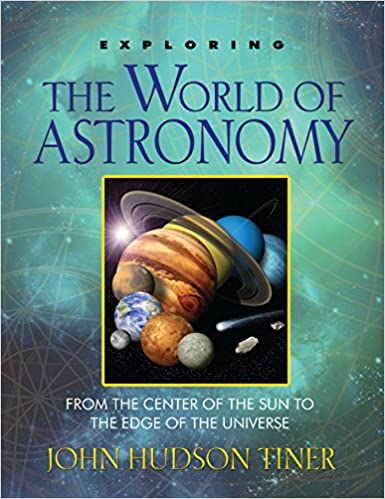Fashions come and go. Everyone knows that. Sooner or later today’s “cool” youth find themselves wearing the “geeky” designs that their parents had modeled so many years before. While modern youngsters formerly declared they would not be caught “dead” in such outfits, now that the recycled designs are the new “in-thing,” youth happily look much as their parents did. It’s fun to laugh at these quirks and foibles of human nature. But fashions are not the only thing that we recycle. Scientific explanations have a habit of reappearing just as frequently as old discarded fashions. Explanations concerning mass extinctions are a case in point.
Shortly before his death, physicist and Nobel Prize winner Luis Alvarez, wrote an article for The New York Times (printed January 19, 1988). This was yet another salvo in his vigorous defense of the idea that an asteroid impact had resulted in extinction of the dinosaurs and many other organisms. The elder Alvarez, and his geologist son Walter, and two colleagues, had published a seminal paper on this topic in 1980. While many scientists and the public seemed quickly to adopt the idea, experts in volcanism and some palaeontologists (fossil experts) vigorously objected. After eight years of controversy, many scientists downplayed the significance of an asteroid hit, even if they did agree that such an event had indeed occurred. The response of the senior Alvarez to this situation was to “simply denigrate the methodology of paleontology and personally insult the paleontologists most critical of his theory.” (Peter Ward. 2000. Rivers in Time: the Search for Clues to Earth’s Mass Extinctions. Columbia University Press p. 164). However, in the newspaper article, Dr. Alvarez exceeded even his own previous efforts. In Dr. Ward’s words, the senior Alvarez “took his attack beyond all bounds of scientific decency,” calling a well known geologist “generally incompetent” and others “far worse.” (p. 165).
One of the objects of Alvarez’ scorn was Dewey McLean, Professor of Geology at Virginia Polytechnic Institute in Blacksburg. In 1978 Dr. McLean had published a proposal that volcanic eruptions had led to global warming and extinctions of dinosaurs and other organisms. Through the years, Dr. McLean had contested the Alvarez view. According to letters published by Dr. McLean on the internet, Luis Alvarez and colleagues reciprocated with a campaign to prevent Dr. McLean from publishing anything and to cause him to lose his job. Happily, these efforts were unsuccessful. They did however cause Dr. McLean a lot of distress. This was scarcely science at its best.
The Alvarez tactics were actually nothing new. In the 1950s, a similar scenario, only in reverse, had galvanized attention of the American scientific community. It all began even before publication of the book Worlds In Collision by Dr. Immanuel Velikovsky. This man was actually a medical doctor and psychiatrist, but he was very interested in ancient history and astronomy. His thesis was that ancient documents testified to the reality of relatively recent catastrophic impacts from space and that the result of these impacts had been a remarkably rapid annihilation of many entire species of living creatures on Earth. This view however ran directly contrary to the establishment view of the time which was that little had happened in the solar system for millions of years. Prominent scientists immediately undertook a counter offensive against the Velikovsky book. Many among the general public, on the other hand, were interested in Velikovsky’s views partly because one of his source documents was the Old Testament.
A key figure in the counter attack was Dr. Harlow Shapley (1885-1972), professor of astronomy at Harvard University from 1921-1952. Already in January 1950, Dr. Shapley wrote two letters to Dr. Velikovsky’s publisher, Macmillan Company, in an effort to prevent publication of the book. In addition, periodicals with close connections to Dr. Shapley, printed highly critical commentaries on the Velikovsky work though none of the writers had seen the book. Soon people who had expressed support, in fact lost their jobs. For example, Gordon Atwater, curator of the Hayden Planetarium and chairman of the Astronomy Department for the American Museum of Natural History, was forced from his job because he had expressed views favourable to Worlds in Collision.
But this was only the beginning of the war on Velikovsky and his book. Many influential scientists declared that they would no longer adopt Macmillan Company text books for their courses if the publisher continued its relationship with Velikovsky. Within two months, Macmillan turned over publication rights for this best seller to Doubleday (a company with no textbook division). Then Macmillan Company fired the veteran editor who had dealt with Velikovsky. Thus the effort to shut out Velikovsky’s ideas from academic discussion had begun.
The scientific world was so impressed or traumatized at the onslaught against Dr. Velikovsky, that they ignored later hypotheses about catastrophe from the skies, even when these proposals came from within their own ranks. Thus everyone ignored the remarks of Digby McLaren, director of the Geological Survey of Canada, in his presidential address to the Geological Society of America and the Paleontological Society. Dr. McLaren, in his 1970 speech and subsequent paper, had suggested that a meteorite explosion had resulted in the extinction of many organisms presently found as fossils in Devonian rocks. Similarly, in 1973, when Nobel laureate Harold Urey (1893-1981) attributed the dinosaur extinctions to the impact of a comet, nobody paid any attention at all. All this changed in 1980 when the Alvarez team published their paper in the journal Science. Not only were the Alvarez team also prominent members of the scientific establishment, but they actually had some data to discuss.
The Alvarez thesis was that the rare earth element iridium, found in certain clay deposits, had been carried to earth by a comet or asteroid which was at least 10 km in diameter. The resulting impact had, they suggested, kicked up so much debris, that earth’s atmosphere was shrouded in darkness and cold for several months. The release of other gases would have resulted in acid rain and a very hostile environment. Thus, they concluded, the dinosaurs and many other organisms had died out very quickly.
During the 1980s, the scientific community in North America split into asteroid impact supporters and, on the other side, those who believed that volcanic eruptions had led to a climate hostile to dinosaurs and other contemporary creatures. The really hostile environment however, was the attitude of the two factions toward each other. According to Peter Ward, “there was not only polarization among the various factions for and against, but there was downright bad blood …” (p. 156). Volcanism advocates pointed out that iridium and other so-called results of impacts, could come from volcanoes as well as from bolides. One major problem for the Alvarez supporters was the identification of a suitable impact crater. They needed one that was at least 160 km in diameter. How could such a large structure be so hard to find?
It was American Alan Hildebrand, then in the employ of the Geological Survey of Canada, who called attention to the Chicxulub crater in the Yucatan Peninsula as perhaps the Alvarez’ “smoking gun.” The impact community breathed a sigh of relief in 1991 as the Chicxulub crater was pronounced to be of the “correct age.” There was however uncertainty as to whether it was large enough to explain massive extinctions. This uncertainty was resolved by a paper published in 1997 which came to the conclusion that the crater was only 100 km in diameter. This meant that the impact energy from a bolide would have been only one tenth of some earlier, more optimistic estimates. (Jo Morgan et al. 1997. Nature December 4 pp. 472-476). After this admission, the opposition gained new life.
Ever since 1980, advocates of catastrophic volcanic eruptions had bided their time. In October 1990, back to back articles in Scientific American were published, the one advocating an asteroid impact, the other a massive volcanic eruption in India. Almost immediately after the downgrading of the Chicxulub crater, articles began to appear which implicated massive lava flows in extinction events. For example, science commentator Richard Kerr, a longtime impact advocate, published a piece in the May 15, 1998 issue of Science which connected catastrophic marine extinctions (Permian rocks) to massive volcanic eruptions in Siberia. Strangely, one result of this renewed interest in volcanism, was heightened interest in global warming theory. Many volcanic eruptions involve the release of gases as well as rock. Carbon dioxide, particularly, may have gushed forth from the earth. If this was the case, global warming could have led, scientists surmise, to widespread extinctions.
Renewed attention to ancient lava beds has recently led to the recognition of further somber traces of past catastrophe. Territory from France to West Africa, to eastern North America and Brazil (inland for 2000 km), all was once ravaged by a deep flow of lava. The extent may well have exceeded seven million square kilometres. (Andrea Marzoli et al. 1999. Science April 23 pp. 616-618). The lava volume of the newly recognized Central Atlantic Magmatic Province (CAMP) may perhaps have approached that of the Deccan traps in India, or the Siberian traps. Experts speculate that the CAMP volcanism was associated with the ripping asunder of the huge continent of Pangea and the opening up of the Atlantic Ocean.
Some readers may wonder why we pay much attention to these various theories. For a start, it is important to understand the views of modern society. Why are celestial impacts feared for example, and/or how do current extinction theories fit in with concerns about modern environmental issues like global warming. Secondly, massive volcanic eruptions fit well with interpretations of catastrophic plate tectonics and flood geology. In addition, the deeply eroded condition of CAMP basalts (with no trace of the products of erosion), are most easily explained by surging flood waters which could indeed erode such hard rock and carry the sediment far away. And thirdly, we should be aware that when wrong questions are asked, the proposed secular explanations, over time, will indeed change, but they will never approach a true solution. What we will see, and indeed do see, is continuous recycling of the old explanations. Only flood geology offers any fresh insights into Earth’s past record of extinctions.
Yes there were disastrous volcanic eruptions with gas and vapour emissions. These were the result of the opening of the fountains of the great deep that initiated the events of the terrible flood. Those recycling secular explanations continue to miss the fact that water (with its huge sediment load) was the main agent of death even for marine and aquatic communities.
Margaret Helder
May 2002
Subscribe to Dialogue







